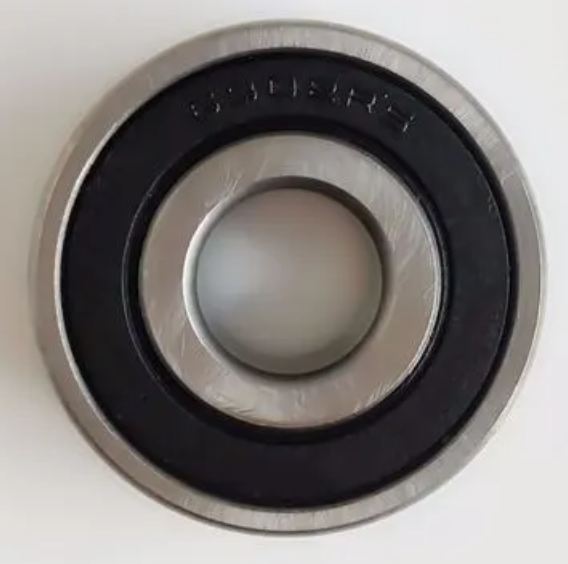A misaligned connecting rod in an engine can lead to a variety of wear types, predominantly excessive bearing wear. This can result in uneven power delivery, reduced engine efficiency, and potential catastrophic engine failure if not addressed promptly.
The Critical Role of Alignment in Connecting Rods
Connecting rods are a vital link in the operation of internal combustion engines, transferring motion from the piston to the crankshaft. Proper alignment of the connecting rod is essential for smooth engine operation. A misaligned rod can lead to increased stress on the rod itself, the piston, and the crankshaft, causing premature wear and potential engine damage.
Bearing Wear and Its Consequences
One of the most common types of wear resulting from a misaligned connecting rod is excessive bearing wear. This usually occurs at the points of contact between the rod and the crankshaft or piston. Over time, this wear can lead to bearing failure, causing a loss of power, increased engine noise, and potentially severe engine damage.

Uneven Power Delivery and Reduced Efficiency
A misaligned connecting rod can also lead to uneven power delivery. This is because the misalignment can cause the piston to move unevenly, affecting the engine’s combustion process. This, in turn, can reduce engine efficiency, leading to increased fuel consumption and reduced overall performance.
The Risk of Catastrophic Engine Failure
In severe cases, a misaligned connecting rod can cause catastrophic engine failure. If the rod is significantly misaligned or if the issue is not addressed promptly, the rod can fail, potentially causing serious damage to the engine. This can result in expensive repairs or even require a complete engine replacement.
Preventing and Addressing Misalignment
Regular inspection and maintenance are crucial in preventing and addressing connecting rod misalignment. This includes checking the alignment of the rods during routine engine maintenance and ensuring that they are properly installed and torqued. If misalignment is detected, it is essential to address the issue promptly to prevent further engine wear and potential damage.
In conclusion, a misaligned connecting rod can cause a variety of engine wear types, most notably excessive bearing wear. This can lead to uneven power delivery, reduced engine efficiency, and in severe cases, catastrophic engine failure. Therefore, regular inspection and maintenance of connecting rods are crucial for maintaining optimal engine performance and longevity.